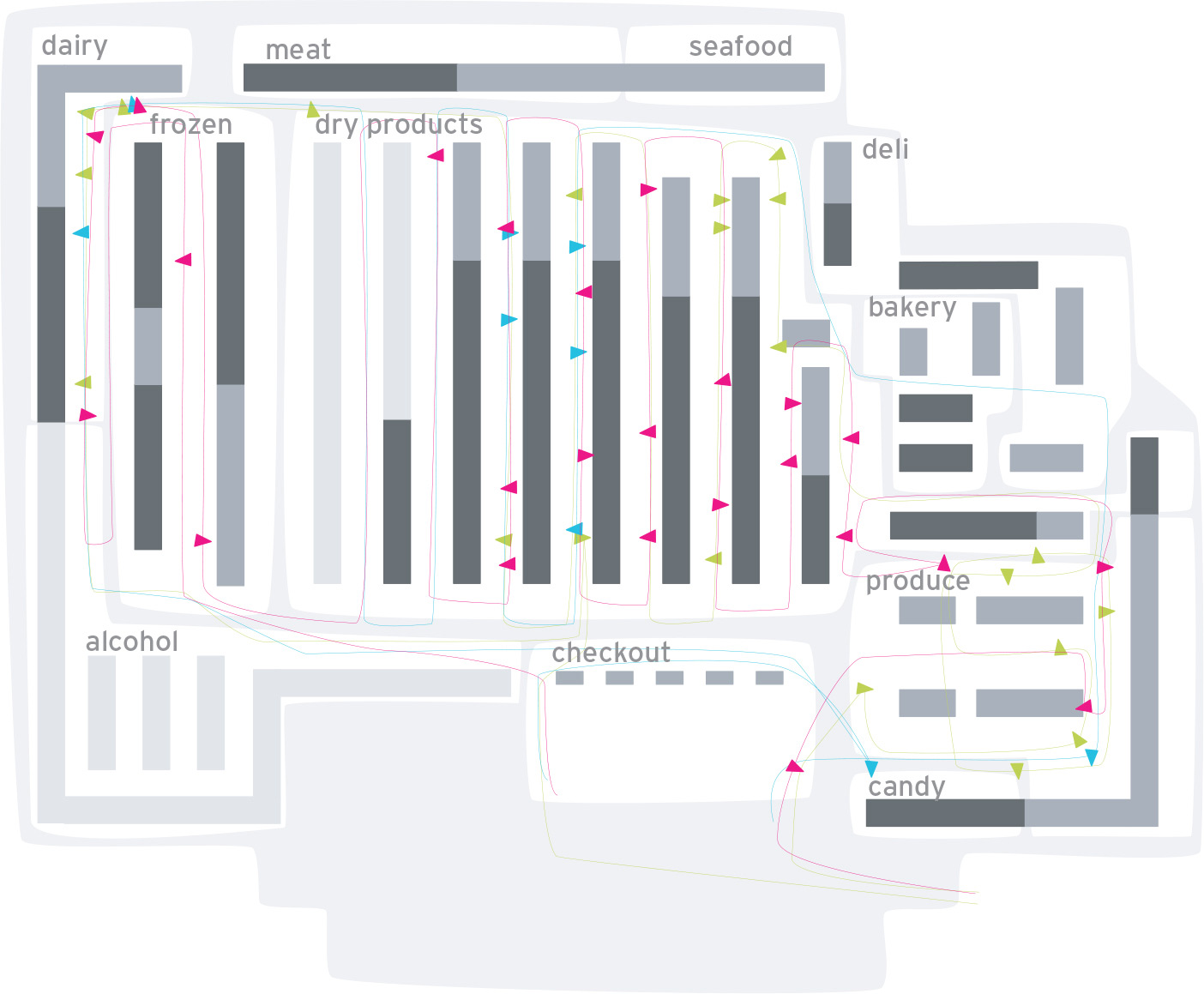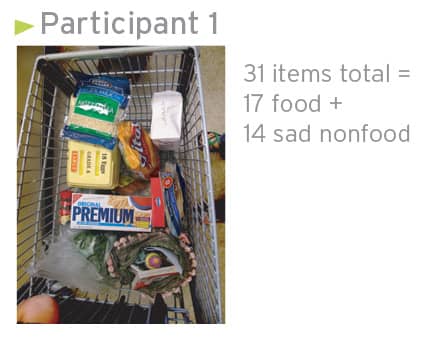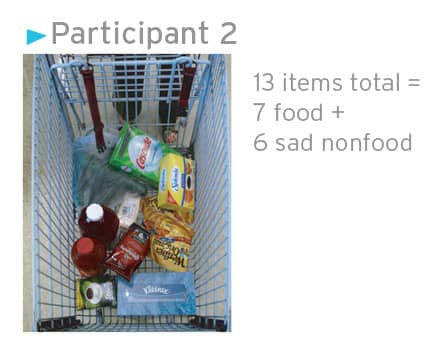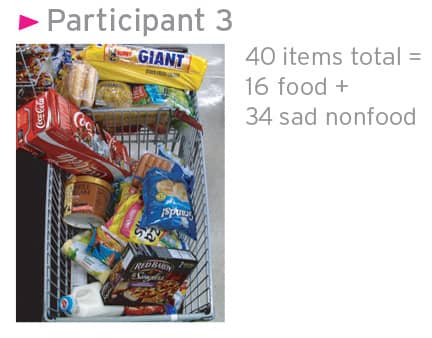RESEARCH METHOD
06 Behavioral Mapping

Behavioral mapping is used to systematically document location-based observations of human activity, using annotated maps, plans, video, or time-lapse photography.
Behavioral maps are used to document readily observable characteristics, movements, and activities, including approximate ages and genders, whether people are alone or with others, what they are doing, time spent at fixed locations or in transit, and the details of environmental context.
Place-centered mapping is based on observations of people at a site-specific location.1 Architectural plans may be used as the underlay for documenting observations, but more commonly researchers will construct their own measured diagram, including the basic space layout and architectural features, signage, and any furniture, fixed or portable items that may affect behaviors or interactions. Behaviors may be precoded for ease of recording, for example, with symbols, numbers, or abbreviations assigned to anticipate actions such as standing, sitting, walking, and talking. Alternately, flexible observations may begin with descriptive note taking and annotations of actions as they are witnessed. Maps created from several observations at different times are typically aggregated to indicate summary concentrations of people, place, and feature usage and activities. Common uses of place-centered maps are the analysis of retail stores and service centers, parks, and other public spaces, revealing traffic patterns and key points of interaction to determine or improve space design or service flow.
Individual-centered mapping follows the travel and activities of a specific individual or individuals over time and location.2 Whereas the emphasis of place-centered mapping is on assessing use of a particular space, the focus of individual-centered mapping is on learning about people, for example, their social behaviors and interactions. This method of behavioral mapping is more intrusive than place-centered mapping, and therefore may require the consent of participants. To minimize reactivity, allow time for the participant to become accustomed to being observed, which may include disregarding initial observations until participants are comfortable.
Place-centered and individual-centered mapping may be used in combination. While behavioral mapping is typically completed in real time, sophisticated research setups can involve time-lapse photography or video. A noted limitation of the method is that often the motivations or reasons for behaviors remain unknown to the observer. In individual-centered mapping, the method can often be supplemented with interviews or debriefing conversations to understand more about behaviors. Alternately, in retrospective mapping, individuals are asked to map their paths and behaviors in a space by simple indications on a floor plan or map, and can simultaneously reveal their motivations for actions.
1. Sommer, Robert, and Barbara Sommer. A Practical Guide to Behavioral Research: Tools and Techniques. New York: Oxford University Press, 2002.
2. See note 1 above.
Further Reading
Technology can afford new innovations in methods of behavioral mapping. For example, in an elaborate study of grocery-shopping behavior, Larson, Bradlow, and Fader traced common travel paths using radio-frequency identification (RFID) tags attached to shopping carts. See:
Larson, J. S., E. Bradlow, and P. Fader. “An Exploratory Look at Supermarket Shopping Paths.” International Journal of Research in Marketing 22, no. 4 (2005): 395–414.
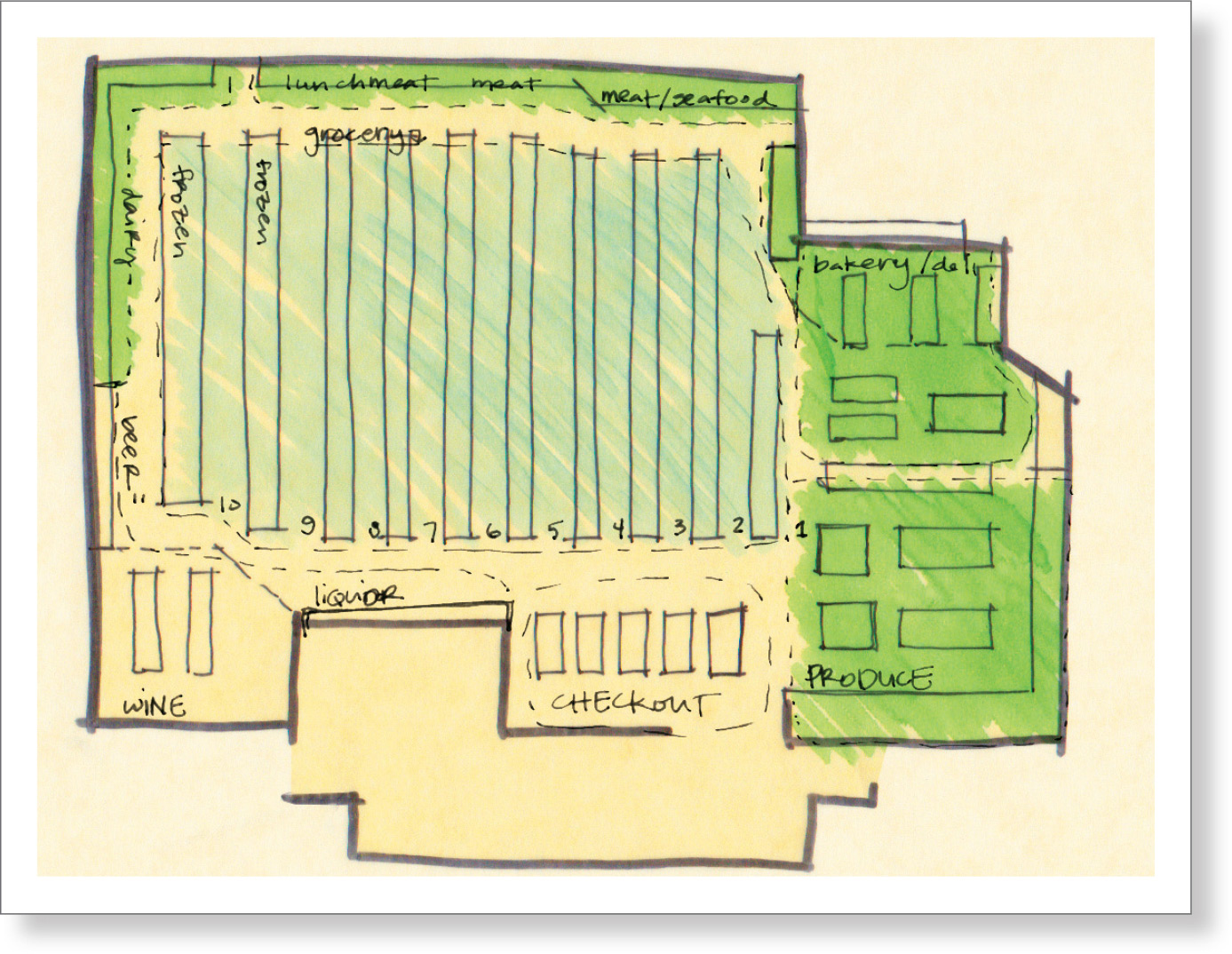
In a study of the relationship between food providers and consumers to create sustainable healthy food communities, behavioral mapping of consumer routes in the grocery store was combined with shadowing observations and conversations to establish a picture of current grocery store design and shopping patterns.
Courtesy of Sarah Calandro © 2011
